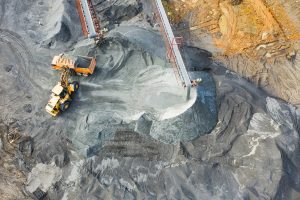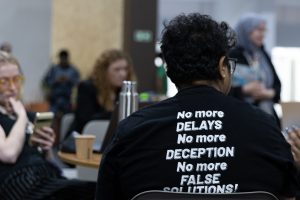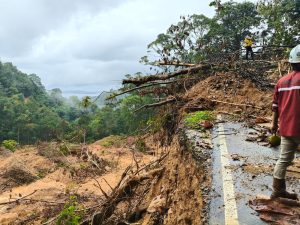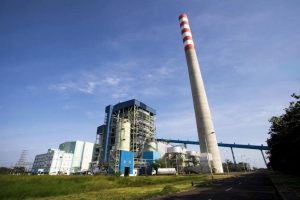Jakarta – A report by the Center for Energy Research and Advocacy Hub (CERAH) reveals critical insights into why financing for the renewable energy sector has been slow to flow from national banks. Despite growing momentum toward a clean energy transition, inconsistent regulations and high investment risks remain the main barriers preventing financial institutions from taking bold action.
In a presentation of survey results titled Indonesian Banking at the Crossroads of Renewable Energy Transition on Thursday, October 30, it was revealed that although sustainability issues have started to be considered in investment policies, most banks remain cautious about financing renewable energy projects. According to the survey, 59 per cent of respondents from the banking sector admitted that their decisions are still largely influenced by government regulations and directives, rather than driven purely by long-term business considerations.
“The inconsistency of policies and the lack of risk mitigation instruments make banks more comfortable financing the fossil fuel sector, which is considered safe,” said CERAH Outreach and Advocacy Associate Anastasia Kriestella.
Policy imbalance
According to CERAH, the biggest challenge in financing clean energy lies in risk perception. Renewable energy projects are considered to have long payback periods and high upfront costs, including due diligence processes. On the other hand, the domestic coal price policy (DMO) set at only USD 70 per ton makes renewable energy appear uncompetitive.
“Without incentives or derisking schemes from the government, the entire risk burden falls on banks. As a result, financial institutions tend to choose projects that are considered safer, such as coal,” Anastasia said.
CERAH data shows that by the end of 2024, financing for the mining and quarrying sector will reach IDR 373 trillion, while renewable energy will only receive around IDR 55 trillion. This disparity shows that efforts to transition to green finance are still far from optimal.
Regulatory certainty is needed
CERAH believes that in order for the energy transition to attract interest from banks, legal certainty and a clear risk-sharing scheme are needed. Support can take the form of tax incentives, risk guarantees, blended finance, and public-private partnership (PPP) schemes.
“Countries that have successfully accelerated their energy transition have strict and consistent regulations. Indonesia needs the same thing,” Anastasia asserted.
He added that the weak policy push to end coal financing also hinders Indonesia’s commitment to achieving Net Zero Emissions (NZE) by 2060. In fact, the national energy transition is estimated to require an investment of USD 20-40 billion per year.
Manager of Climate Finance, Climate Policy Initiative (CPI), Luthfyana Larasati, revealed that 64.2 per cent of renewable energy investments in Indonesia still come from private financing with commercial interest rates. This condition shows that there is still not enough encouragement from the public policy side.
“So far, banks are still asking: what are the benefits of financing green projects? The government needs to respond with concrete schemes such as interest subsidies or risk sharing,” he said.
According to him, banks need to change their perspective: green financing is not a burden, but rather a profitable long-term opportunity.
Collaboration is key
Meanwhile, WWF Indonesia Sustainable Finance Analyst Aurellia Puteri Arfita believes that banks are in a strategic position to tackle the climate crisis. Climate change risks, she says, can have a direct impact on banks’ financial risks, whether in terms of credit, markets, or liquidity.
“The transition to sustainable finance practices must be science-based and have a credible roadmap. This is important so that banks understand the benefits and opportunities of green financing,” Aurellia said.
He added that cross-sector collaboration between the government, financial institutions, and civil society is necessary to build a financial system that is not only profit-oriented but also sustainable in the long term. (Hartatik)
Banner photo: Image generated by OpenAI’s DALL·E via ChatGPT (2024)















